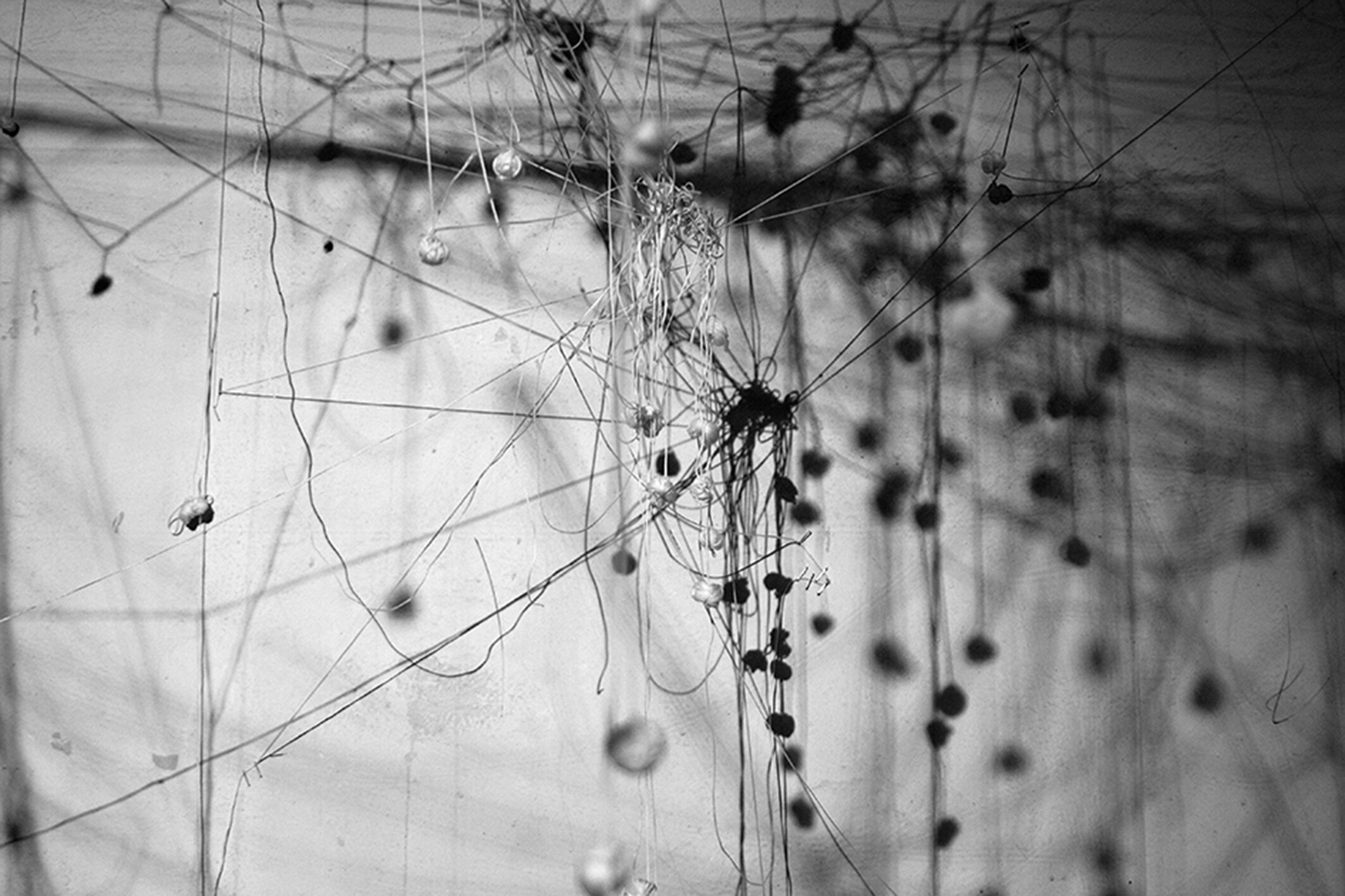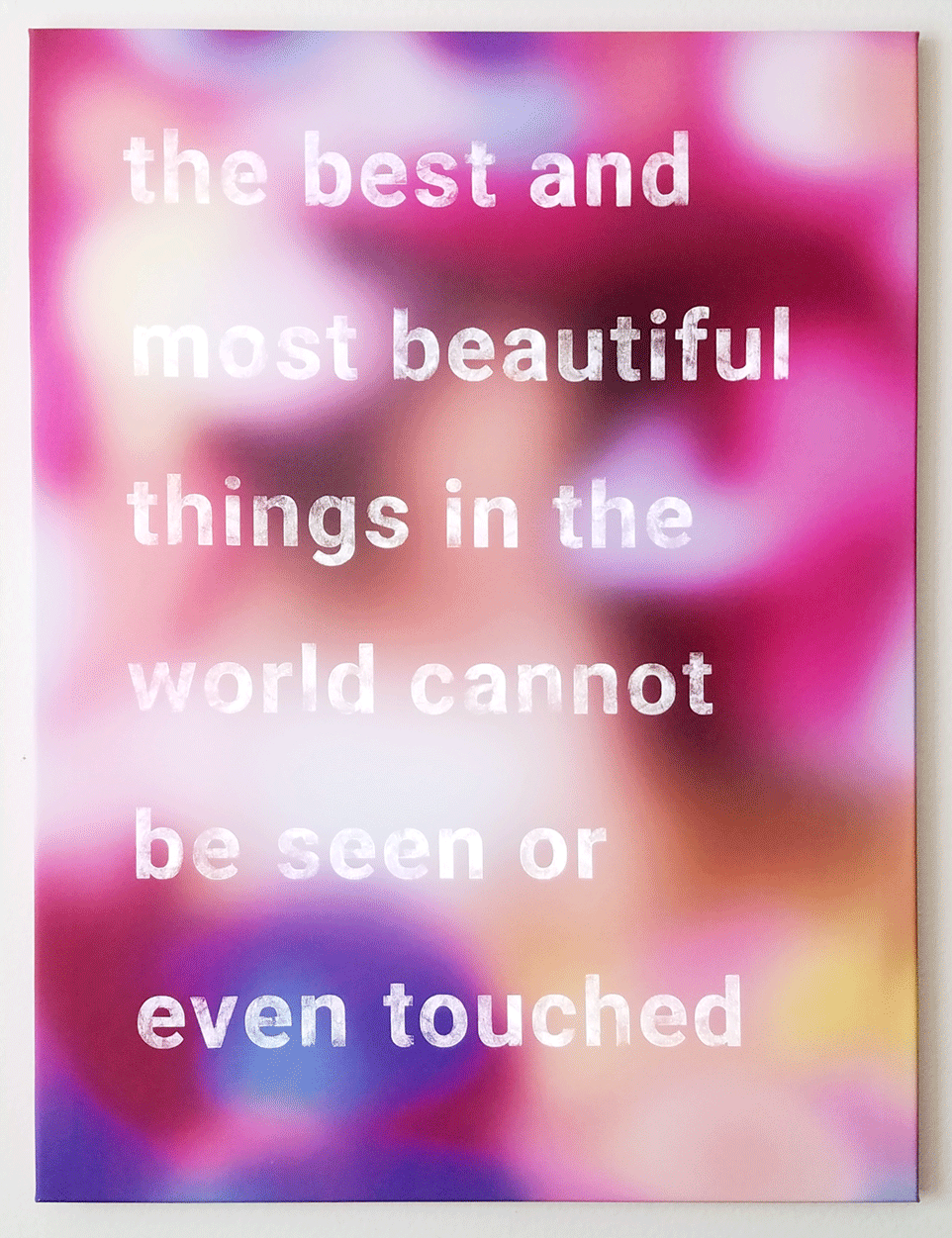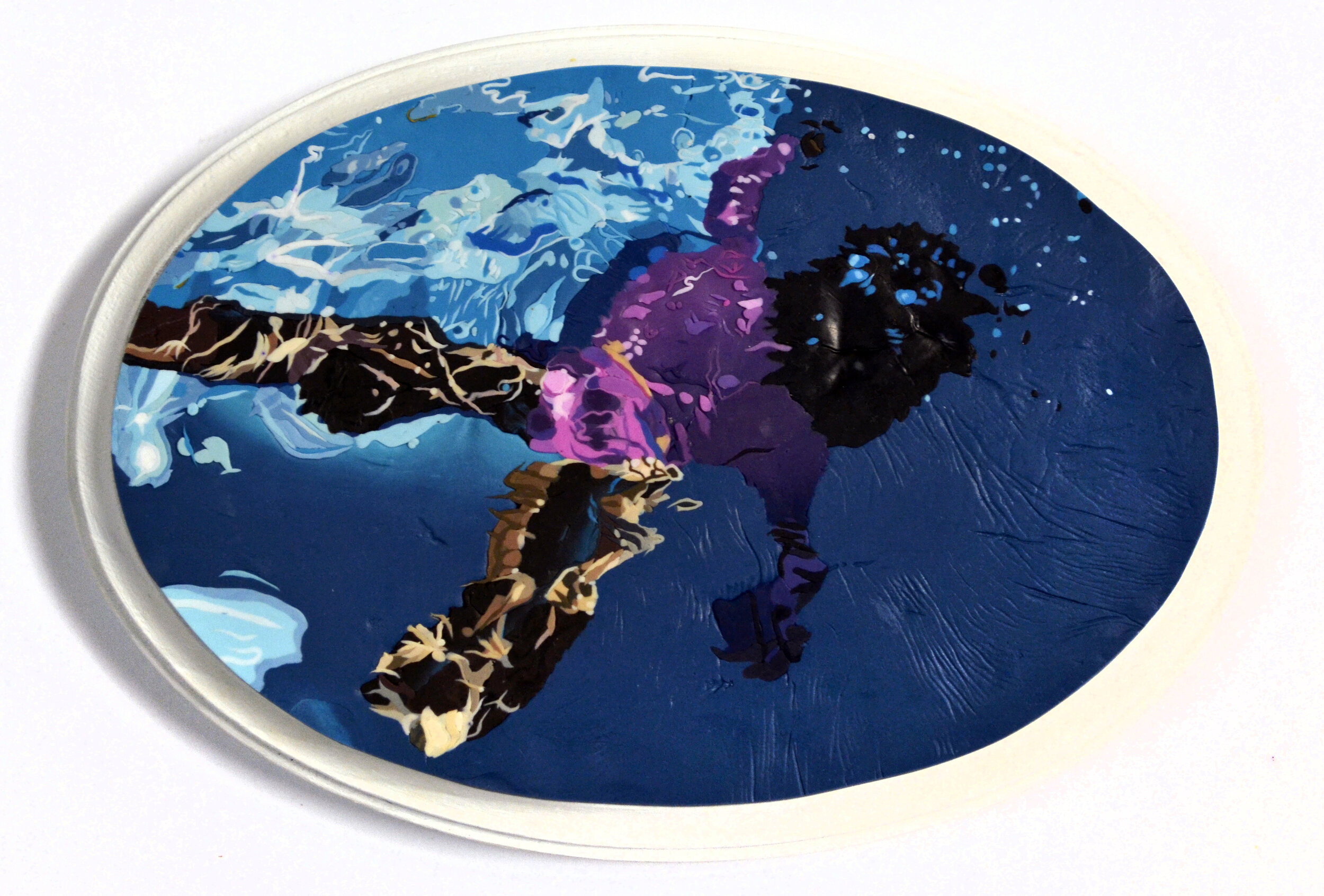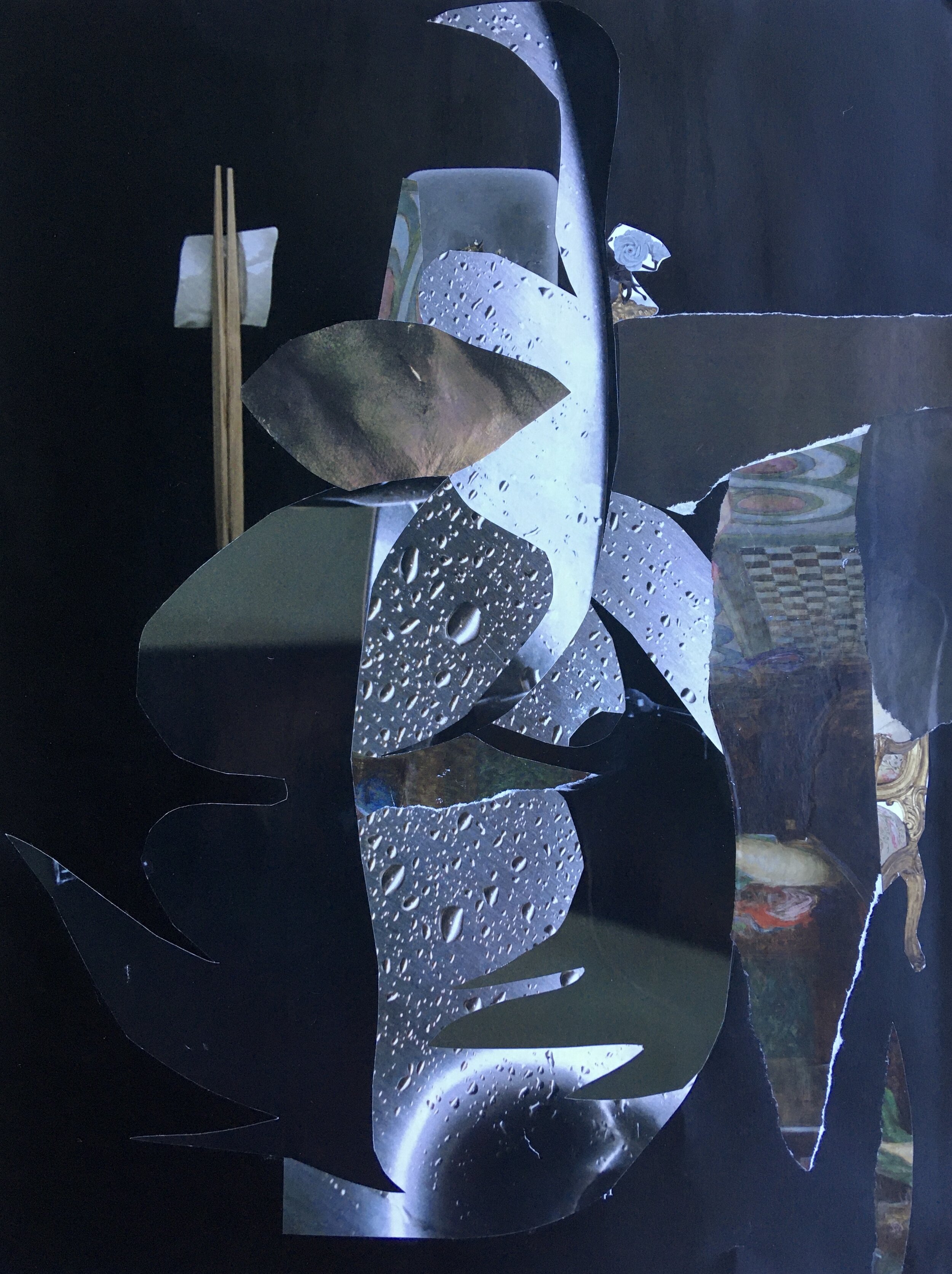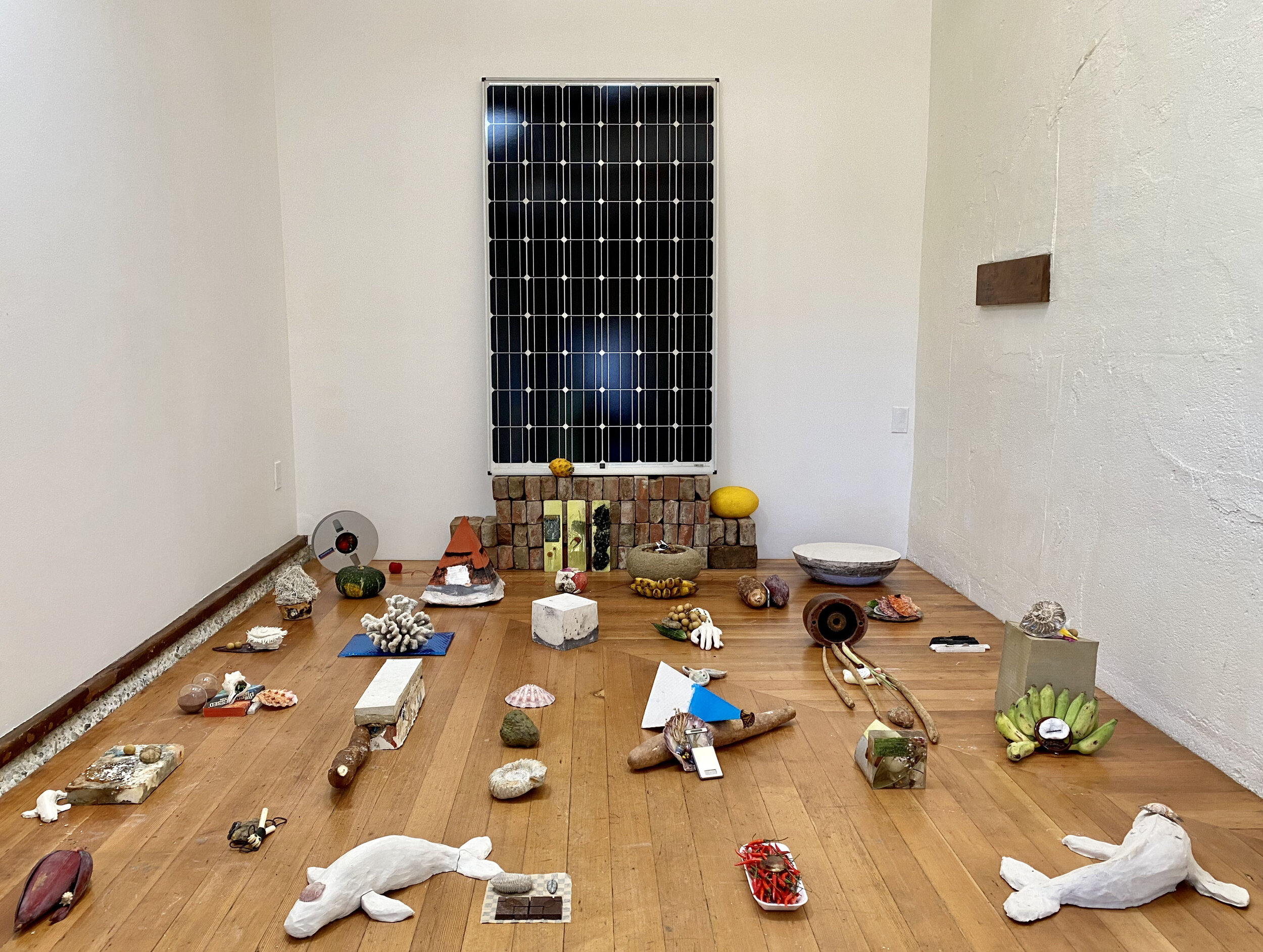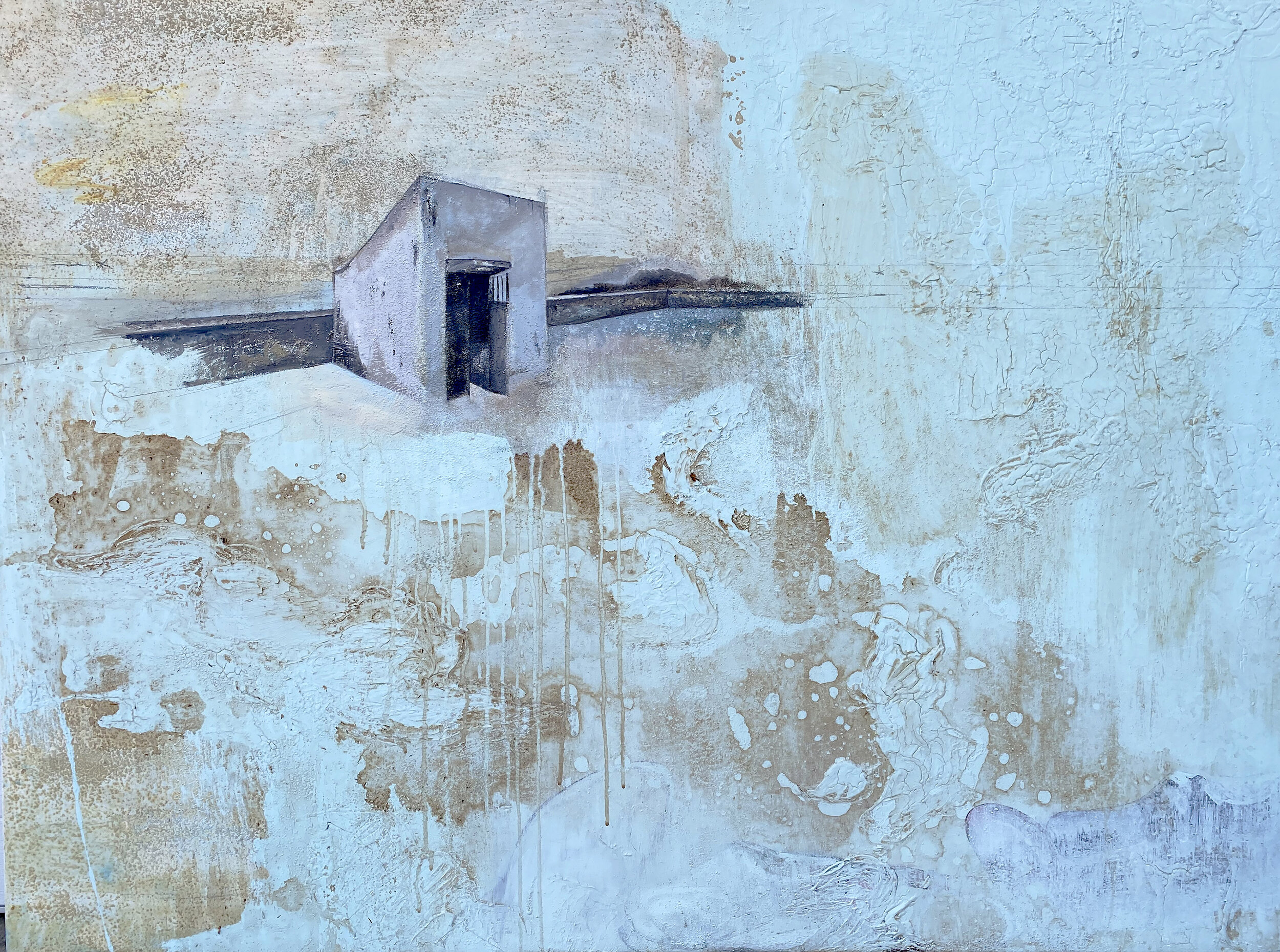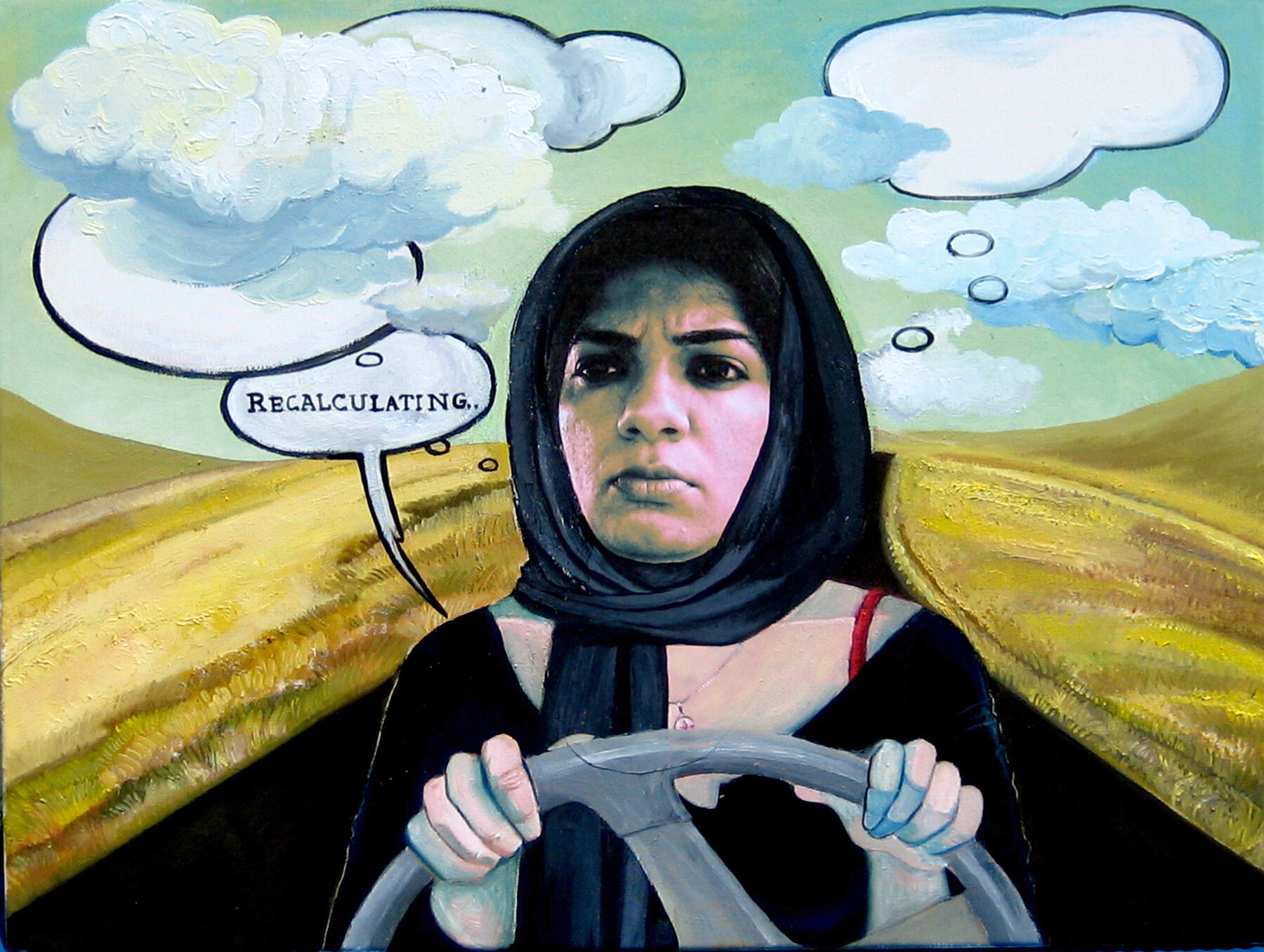ARTIST STATEMENT
Identity, be it personal, cultural or otherwise, is a theme at the core of my work. This creative preoccupation may come from my family's immigration from Cuba on a boat across one of the most treacherous straights of water in the world. I made a documentary about this experience, which broadcasted nationally on PBS entitled "90 Miles”.
Nonetheless, we also see cultural identity is a symptom of a larger, existential, human question: How do we reconcile our "idea" of ourselves -- which is simultaneously unshakeable but also intangible-- with the physical body we inhabit, which, like the rest of the material world that surrounds us, is constantly changing and aging? Video encapsulates this identity crisis because a video is often defined by the technology we use to experience it. Video migrates forms. It can only be experienced through a projector, a TV, or a computer, however, by nothing short of a miracle, its contents persist imprinted onto a medium, regardless of how intangible or hard to access that medium may be (such as digital files).
Building community through art is a major focus of my work. Humans need community to barter experiences, not to "network", as we are often taught. Networking is what machines do -- but then again, humans have recently become digital and some would argue that we are only just acknowledging our digital nature. Personally, we have recently been reborn as digital under the name of Violenta Flores, but our My film and visual art projects continue to explore the transformation of physical form -- and our perceptions of it.
The relationship between natural and artificial constructions interest me because such relationships often trigger larger questions about our humanity. A dialogue between these two elements often spins other dialogues regarding identity, history, transculturalism, and acceptance.
I am the subject of my own experiments. I use performance, light, sound and kinetics -- after all, these are what films and videos are made of. Film and video are optical illusions, yet, ironically, they are widely accepted as veridic or “truthful” in our culture and have become integral to how we understand, validate, and even create our reality. My work explores the tension between reality (which may be subjective and often relates to perception) and actuality (which often relates to the effect of actions of a body in existence). These notions are applied to objects, places, and to other human bodies in my work.
Humor and love are often the best tools to communicate complex ideas and concepts, so loose narratives are appealing. I love Butoh dance and time-lapse animation (both of which deconstruct movement and time, respectively). I respect the defining properties of negative space and of the invisible. Invisible forces include sound and magnetism, which often create fantastic and bewildering effects on their own.
I worked as a sound designer and editor for many years. When I use sound
Though I do not use sound often in my video installations, whenever I do use it, it becomes an essential part of the work.
Juan Carlos Zaldivar
ViolentaFlores.com
www.PhonographFilms.com





